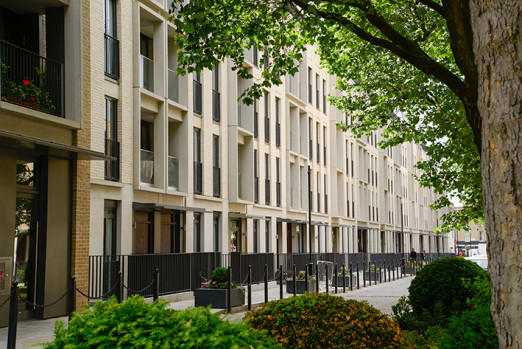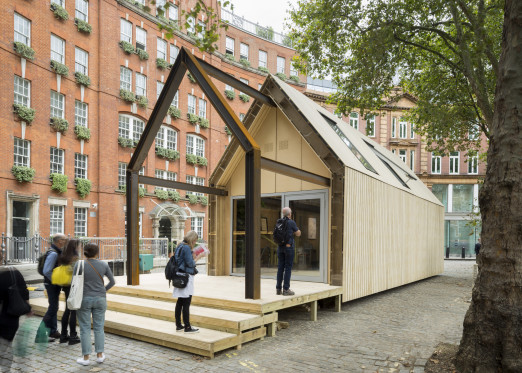Despite huge technological advancements all around, the way everyday structures are designed has not changed fundamentally for over 100 years; design a structure to be strong, and then check to make sure it does not move around too much. Why should the built environment industry not rethink this basic assumption?
Unlike conventional structures, adaptive structures change their shape to prevent excessive movement caused by loads, allowing for super-slender structures that look great and use much less material and less whole-life energy (made by an embodied part in the material mass for extraction and manufacturing and an operational part for structural adaptation during the lifetime of the structure).
This exhibition invites you to test this new engineering philosophy with an interactive, 6m long cantilevered steel space truss structure, a scaled version for the super structure of a tall tower subjected to wind load. This structure is as slender and lightweight as the material would allow with strain gauges sensing loads and actuators actively controlling movement, in real-time. If you walk to the end of the 6m gang plank, the cantilever structure senses you and stays completely flat.
Find out more about this new engineering philosophy first-hand: meet the research team and try walking on this super-slender structure.
Live interactive demonstrations every: Monday, Wednesday, Friday, 12.00pm - 2.00pm, from 3–31 August 2016.
Background
During his Engineering Doctorate, Gennaro Senatore of University College London developed novel mathematical methods and control systems to design adaptive building structures: namely high performance structures (stiffer, lighter, slenderer) capable of counteracting loads actively by means of actuators, sensors and control intelligence. Using these methods, a full scale prototype of one such adaptive structure, in the form of a very slender space truss with embedded sensors and actuators, was designed and built in collaboration with Expedition Engineering at the UCL Structures Laboratory. The prototype structure performed successfully as predicted.
Generously funded by:
Supported by:












